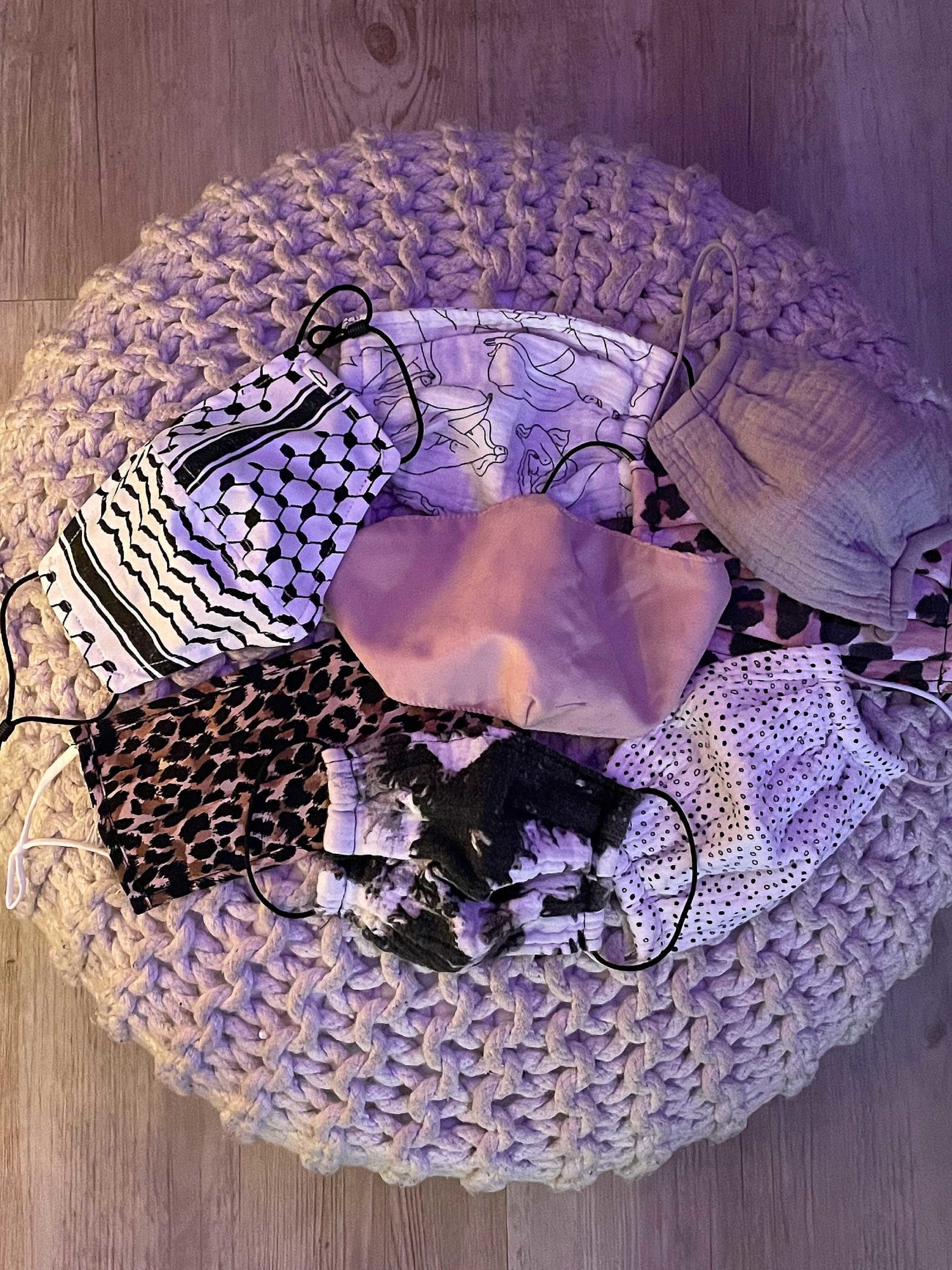
It seems that, for the time being, masks are here to stay. Since May, the Centers for Disease Control and Prevention advised everyone in the U.S. to wear masks when in public to slow the spread of COVID-19.
As the world approaches a full year of mask-wearing and regulations, masks have grown from simple, surgical masks to dynamic statement pieces.
Masks are making their mark on high-end fashion companies. Designer brands like Fendi, Balenciaga and Dolce & Gabbana designed facial coverings that sell for hundreds of dollars. A silk-satin face mask from Fendi retails for $465.
Not only are they sold in stores, but facial coverings are making appearances on countless runways throughout fashion month.
Junior Michelle Lim is an avid mask enthusiast and collector. A nursing student and a real fan of the latest fashion trends, she currently owns over 50 masks, each with a unique design and look.
“Masks went from something people felt an obligation to wear to a desired fashion piece to enhance their outfit,” she said. “I have seen masks everywhere. Whether it be in magazines, runways or the streets, they have truly made their way into becoming essential pieces.”
Caroline Pagoaga is a senior at the University of Georgia, working towards a degree in Fashion Merchandising. She said that people no longer see masks as simple pieces of fabric.
“Masks have gone from not only being a pure necessity but have become a fashion accessory and a way for people to express themselves,” she said. “For many years, we have used our bodies as a canvas, and masks have quickly become a staple in our wardrobes, adding a twist of individuality as we fight together to end the pandemic.”
Sophomore Edward Oberlton mentioned that people use masks as fashion to display deeper meanings, representing different cultures and traditions.
“There are masks that display African dashiki colors, cultural patterns and flags,” he said. “Not only do people use them to enhance their outfits by matching them to their shoes and clothes, but they have also become a part of a deeper meaning of representation.”
People around the country have made the best out of their new reality of masks. Instead of being a disliked enforcement, they are now a route to display creativity.
“I use my mask as a form of expression,” Lim said. “Just how my clothes and fashion sense have been a passion of mine for years, I’m glad that I can take that energy and focus it towards a completely new and different outlet. I’m not only helping everyone around me, but I am also expanding the world that I love.”
